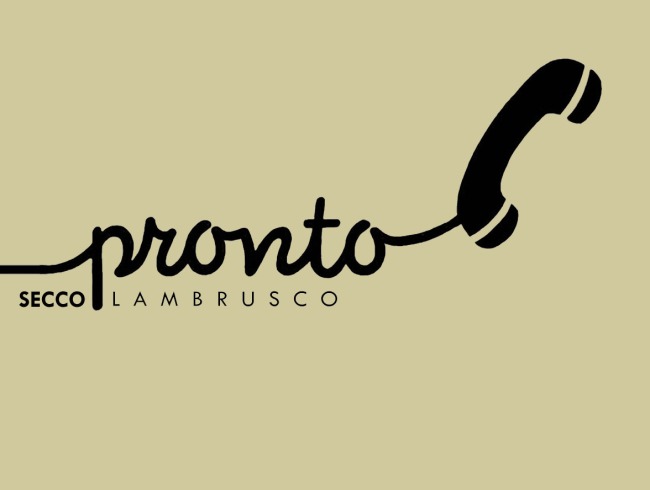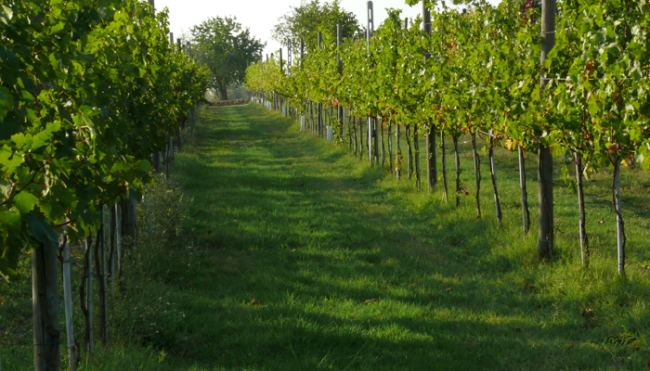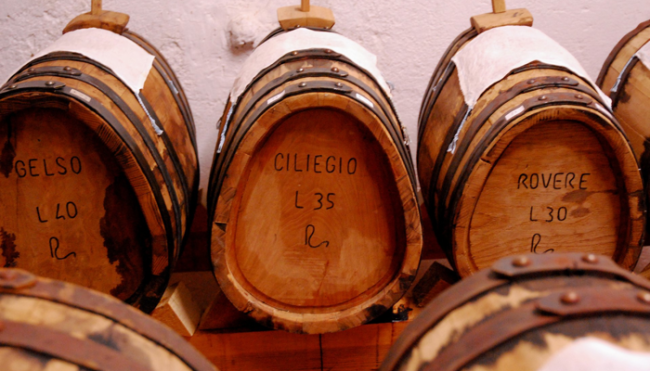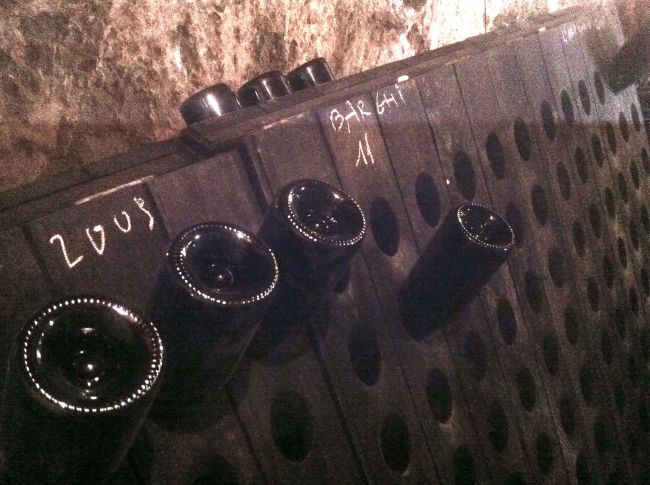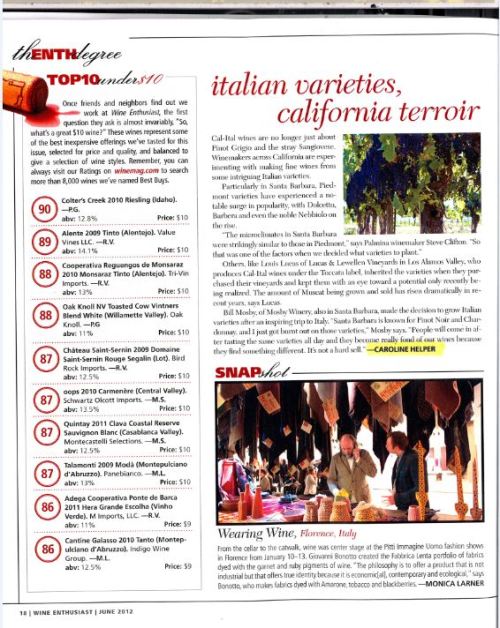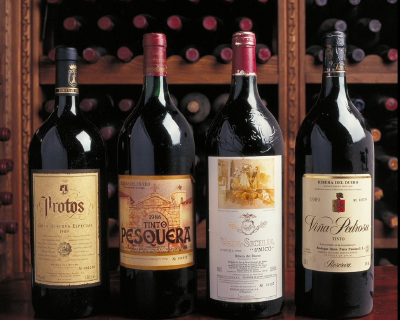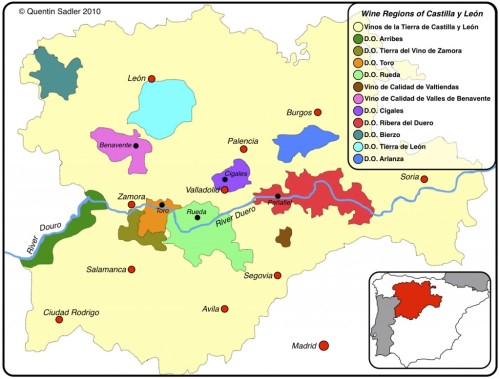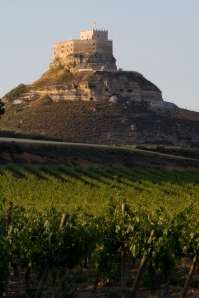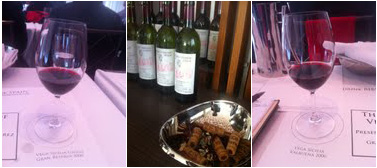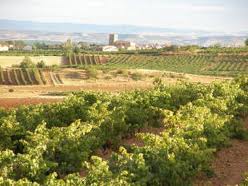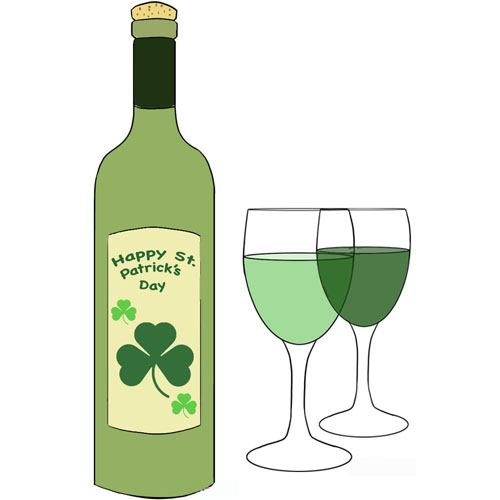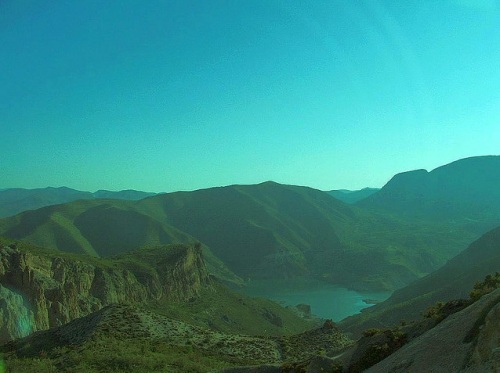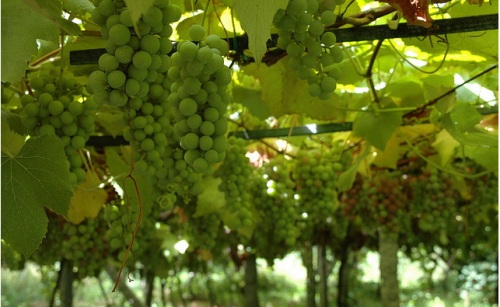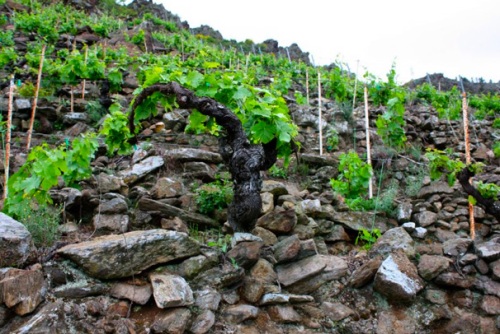So it’s been a few weeks since I’ve returned from Emilia-Romagna and I owe you all a blog post. I know… I’m the worst. Emilia-Romagna is, in many ways, a largely undiscovered region of Italy that is also really the country’s culinary heart and soul.
This region of Italy lies north of the “butter line” where it’s too cold to cultivate olives – so the cooking fat of choice is butter. This, my friends, is my kind of Italy.
Besides being home to such famous Italian goods as Parmiggiano-Regiano, Prosciutto di Parma, and Aceto Balsamico, the region is also renowned for its production of salumi and, especially, a delightful cured meat called Culatello. What makes all of this even more exciting, perhaps, is that besides the first three products on that list, none of it is allowed into the U.S. (at least not for another 2 years-ish) so gorging on salumi while in the region is not only acceptable, but necessary.
But, ok, this is a wine blog. So while the fecundity of the region makes it an amazing culinary capitol of an entire country already obsessed with food, that same fertile soil doesn’t do much for viticulture.
The best wines of the world are cultivated in places relatively hostile to anything other than grape vines, which, masochists that they are, thrive in soils and conditions that require a bit of a struggle. As you might imagine, fertile and fecund Emilia-Romagna is not a region much renowned for its wine.
The best-known wine of the region is definitely the oft-derided Lambrusco – a lightly sparkling and barely alcoholic red wine. The main white grape of the region is Malvasia where it generally manifests in a not-offensive yet not very exciting wine that can come sparkling, flat, dry, or semi-dry. It’s alright but not amazing.
Lambrusco, however, is a different story. Lambrusco has had a bad reputation in the states since commercial producers introduced it as an insipid and sickly sweet sparkling red wine in the 1970’s during the age of White Zinfandel. However, real Lambrusco has about as much in common with that horrid iteration as White Zinfandel does to proper Zinfandel.
Real Lambrusco is bone-dry with flavors of fresh fruits, earth, minerals, and roses. It’s super low in alcohol (usually about 11% ABV) and is imbibed across the Emilia-Romagna region in a manner similar to the way we Americans drink soda. It’s a refreshing afternoon quaff, something to sip with lunch, and it pairs impeccably with the region’s rich cheeses and salumi.
As soon as I knew I was heading to Emilia-Romagana, I got in touch with James Koch. Koch imports my absolute favorite Lambrusco (Pronto) through his company, JK Imports, and is single-handedly responsible for importing and growing awareness of real Lambrusco in the states. I couldn’t head to the land of Lambrusco without tasting the good stuff and, true to form, James set me up with a tasting with an amazing producer called Cinque Campi.
Cinque Campi is a small family run winery that has a history of being passed from father to son for more than 200 years. Nick is the current proprietor and the first to make wine not solely intended for family consumption. Besides having a focus on biodynamic winemaking, Nick has also made efforts to reintroduce indigenous vines that had become all but extinct and, when it comes to particular varieties, may be the only winemaker using them in the entire world.
Nick was gracious enough to take us on a full tour through his vineyards, plucking grapes into our mouths along the way, explaining his growing techniques and harvesting practices. He also showed us the 16th century stone cellar where he ages his wines in Piedmont-style Slovenian oak barriques and hand riddles his sparkling wines. The cellar is located under his house, where, on the day we arrived, he was casually boiling grape must that would, in 12 years, become his family’s own Aceto Balsamico. NBD.
After we had to seek shelter from marble-sized raindrops, we began a tasting of Nick’s truly special wines. Fearing the rain had come too late in the season and might damage his crop, Nick ensured us that the rain was welcome for his Grasparossa vines, which, of the three varieties he uses to make Lambrusco, are the last to be harvested and need a big rain like the one falling outside.
We started our tasting with a 2012 white wine called La Bora Lunga made entirely of Spergola, a native variety of Emilia-Romagna that, for a long time, was confused with Sauvignon Blanc, but which, is in fact, very much its own grape pretty much exclusively grown in the region. The wine was a rich golden color with a nose of ripe melons that gave way to a rich-tasting yet medium bodied white wine that finished with a minerally lick of damp earth. It was very much unlike anything I’d ever had before and made me excited to taste what came next.
Next, we tried a sparkling white wine called L’Artiglio from 2010 that was also made from Spergola that had spent three years sur-lie. The nose was all honey and figs while the wine was full-bodied yet clean with notes of sage, grapefruit, and a minerally finish that called to mind the best Champagne. It was complex and delicious.
We followed that up with another sparkling white called Terbianc that went through secondary fermentation in-bottle, and was made from a variation of the usually blah-Trebbiano grape called Trebbiano Modenese. The grapes came from a vineyard planted with 120-year old vines. The skins stayed in contact with the juice all through the first fermentation, giving the wine a rich yellow almost orangey color. The wine had a slight appley nose but opened into a lightly bitter sparkling wine with bracing acidity and flavors of grapefruit and marmalade. It pairs splendidly, Nick promised, with the region’s classic dish of Tortelli stuffed with Ricotta and herbs and drenched in butter. I believed him.
Finally we made it to the good stuff – the realest of the real Lambruscos I’ve ever tasted. We opened up with the 2011 Rio degli Sgoccioli, a Lambrusco that, according to Nick, was made in the truly ancient style. This was the most elegant Lambrusco I’ve ever tried. There was nothing rustic about this wine – it was all finesse with a beautiful cranberry color that, if not for the bubbles, could have been mistaken for a Beaujolais. It was all roses, raspberries, and a touch of yeast, with a delicate body and a tang of minerality on the finish that made me crave another (and another and another) sip.
Lulled into the kind of great-wine-induced trance that made me feel like I could die any moment and do so happily, Nick wanted us to try one last wine – his classic 2011 CinqueCampe Rosso that was the most traditional Lambrusco they made. The wine comes wrapped in a label decorated with a drawing by Nick’s 2-year old son – yet another endearingly charming detail. This was the kind of Lambrusco I’d been looking for the whole trip with notes of blackberries, licorice, and a touch of bitterness on the finish. This Lambrusco was made up of 85% Grasparossa, 10% Malbo Gentile to give the wine body and 5% Marzemino to contribute some elegance.
Thrilled with how thrilled we were, Nick ran down to his cellar and pulled a bottle of the 2012 vintage of this same wine – not even labeled yet! We must, he insisted, try this, too. We didn’t put up much of a fight. The 2012 vintage was entirely different – with more fruit than the 2011 with notes of strawberries that were reminiscent of Peidmont’s Grignolino and lighter, with even more minerality.
Just to make sure we all had a good nap on the way back to Parma, Nick also brought out a bottle of his desert wine called Tribülê from the 2010 vintage and it was incredible. Too incredible to write down tasting notes, apparently, but I came home with a bottle of it in my suitcase so… enough said.
Leaving Cinque Campi was hard to do, but thanks to James Koch, who imports the wines into the states, I can always pick up a bottle stateside, too. The whole day with Nick at Cinque Campi was fascinating and delicious – just like his wines. Seeing this kind of truly artisinal (none of the wines has a production that exceeds 500 bottles) and family-run winery was a really special experience and reaffirmed all my feelings about supporting smaller producers who make wine with passion, history, and so much soul.



